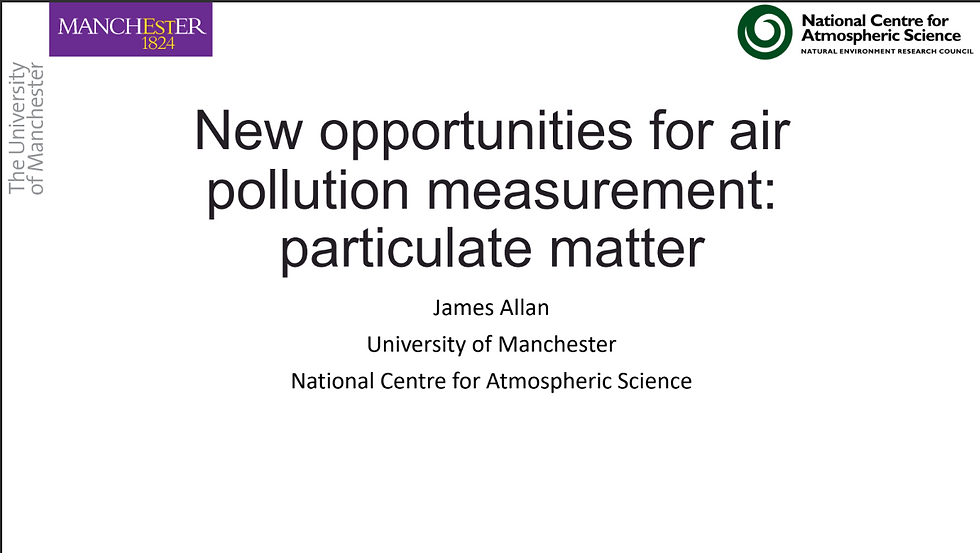The Drivers of Change in the Historical and Future Human Health Burden from Long-Term Exposure to Surface Ozone
- Steven Turnock
- Jun 24
- 2 min read
Tropospheric ozone is the third most important greenhouse gas within the atmosphere and the growth in its concentrations over the industrial period have contributed to the increase in global mean surface temperatures. In addition, ozone at ground-level is a major air pollutant, with elevated concentrations having detrimental long-term effects on human health though increases risk to respiratory disease. In the troposphere the ozone budget is controlled by chemical production and loss, stratosphere-troposphere exchange of ozone and is removed by deposition at the surface. Ozone concentrations at the surface have increased throughout
the 1850 to 2014 period, mainly due to increases in anthropogenic precursor emissions. This increase will have had a large impact on the health of the world population from long term exposure to ozone concentrations.
Here we use results from chemistry-climate models to quantify the impact on surface ozone concentrations and human health over the period 1850 to 2014 in different scenarios that were conducted as part of the Aerosol and Chemistry Model Intercomparison Project (AerChemMIP), a sub-MIP of the 6th Coupled Model Intercomparison Project (CMIP6).
Sensitivity scenarios were used to explore the impact from fixing different drivers of ozone formation at preindustrial values. We estimate the change in the relative risk of the mortality burden from long-term exposure to ambient surface ozone concentrations in the different
scenarios.
Our results show that the global peak season surface ozone concentrations have increased by 40 to 60% from 1850 to 2014 in three different models. Concurrently the percentage of the global population exposed to concentrations above the theoretical minimum risk exposure level (32.4 ppb) has increased from <20% in 1850 to >90% in 2010 (Fig 1a) . This has increased the risk of mortality from respiratory disease due to the increase in the long-term exposure to surface ozone concentrations. The increase in surface ozone concentrations and mortality risk is largely driven by increases in anthropogenic NOx and global methane
concentrations over the industrial period. If emissions of NOx are kept fixed at 1850 values then the fraction of the near present-day global population exposed to ozone concentrations above 32.4 ppb is reduced substantially to 34%, from >90% when emissions are allowed to increase (Fig 1b). Smaller influences on surface ozone concentrations occur from changes in other anthropogenic ozone precursor emissions, anthropogenic aerosols, transport from the stratosphere and historical climate change. These results show the importance of certain drivers in the human health risk from the long-term exposure to air pollution, which can
be used to inform future policy directions.





Comments